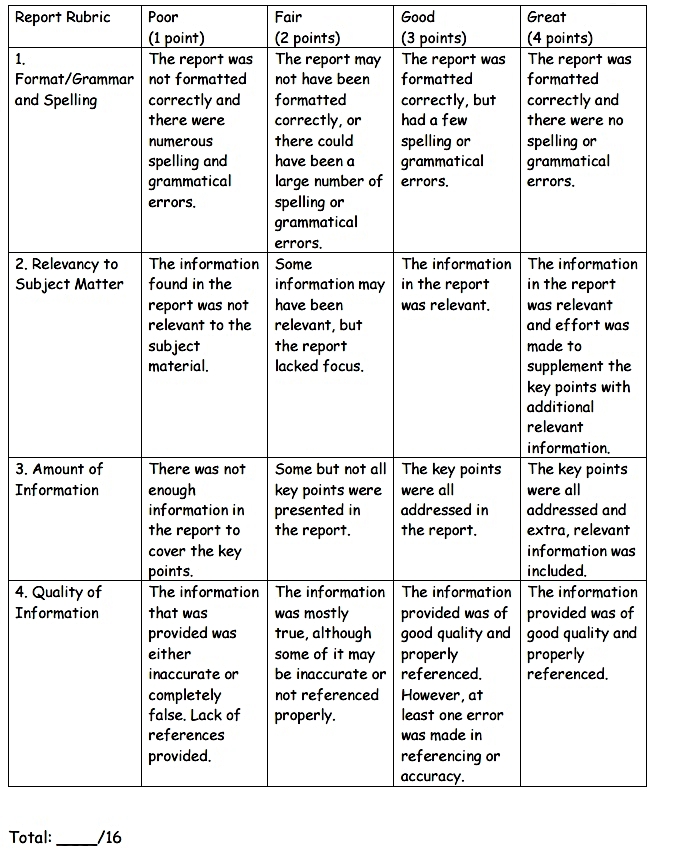Operation Water Biology: Ammonia in Water
Grades: 11-12
Time: 8-12 hours, plus report writing as homework
Problem #1:
You are a water treatment plant operator for your city’s local water treatment plant. Your job is to watch the water’s chemical composition for any chemicals that could be dangerous to your city’s inhabitants. This means that you conduct multiple types of tests on the water on a regular basis in order to collect the data you need.
Lately, you have noticed an abundance of ammonia in the water supply. Ammonia can be a dangerous chemical if it is highly concentrated in a water supply. It is your job to find all the ways you could possibly rectify this situation.
Problem #2:
After researching all the different ways of cleaning up the ammonia, you and your colleagues have decided to use chlorine to remove the ammonia. This is a very common way of taking ammonia out of a water source and, when used properly, can be very effective. However, your city has used too much chlorine and dangerous chlorine by-products have been spotted in the water supply in excess.
What should you do about this? What are the different solutions? What can these chlorine by-products do to you and others who drink and use the water?
Problem #3:
You have now rectified the chlorine by-product problem in the city’s water supply. It is now your job to write up a formal report regarding the incident and the solution you used. This report should be fairly detailed, making sure to cover the general information about chlorine by-products, and a very detailed explanation of the solution you used to rectify the problem.


